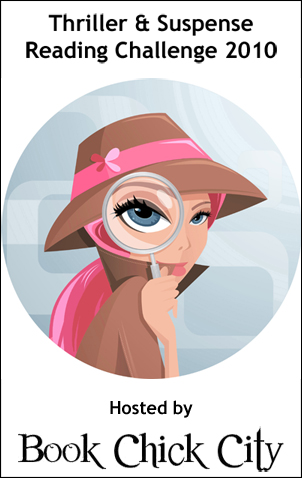'Nice day, isn't it?'
'Oh, it sure is. The sun is a beautiful shade of yellow. Copperish, don't you think?'
'Copper would be a wonderful way to describe it. Do you know what this is?'
'No, what is it?'
It's conversation that's boring. There's no conflict, there's no point, the story isn't going anywhere..
How can we make our dialog sizzle?
1) Be aggressive, threaten - ('Go ahead, make my day.')
2) Be passively aggressive -submissive characters wreak havoc on dominant ones. (“No, dearest, I don’t mind picking up your socks and putting them in the wash for you,” Susan said, as she threw them in with a red shirt.)
3) Provocation - one character can taunt or dare another. ("Ron," he said. "You have to confront her now. If you don't she won't stop calling you.")
4) Use undercurrents - The words and actions or expressions do not match. (He slammed his glass down on the table. "I would love to go to Bermuda with you.")
5) Be ambiguous - Is there conflict? Isn't there?
6) Subliminal conflict - While the two characters are engaged in innocent banter, disaster is waiting for them around the corner.
7) Word choices - there are fighting words. ("Want me to kick your butt?")
8) Sentence & Paragraph length - Shorter, abrupt sentences and paragraphs are more confrontational.
9) Repetition - Repeating key phrases add emphasis. "When I talk, you listen and you listen good."
10) Use imperatives. And in case you don't know what that means it's commands. Sit. Lie. Die. Buy. Pie. No, that last one's not really one. But I could sure use some...
And don't think that because you write sappy love stories or children's fiction that you can't have dialog with conflict... take a novel entitled The Three Billy-Goats Gruff:
"Who's that tripping over my bridge?" roared the troll .
"Oh, it is only I, the tiniest Billy Goat Gruff , and I'm going up to the hillside to make myself fat," said the billy goat, with such a small voice.
"Now, I'm coming to gobble you up," said the troll.
"Oh, no! pray don't take me. I'm too little, that I am," said the billy goat. "Wait a bit till the second Billy Goat Gruff comes. He's much bigger."
"Well, be off with you," said the troll.
Pic source: here
Source: Brainstormer





















14 comments:
Excellent post. Sol Stein calls it "tension." As he says, what we say to each other in real life and hear other people saying is NOT dialogue.
Very good points. And, of course...I'm tweeting it. :)
Elizabeth
Good suggestions! I love dialogue--it's so powerful when you do it right.
Here's my Please Don't for dialogue: characters that relay information to each other that all parties involved already know.
"Jesse, you remember my brother Rob."
"Yes, he's your older brother, who was born in December, which is the last month of the year."
"That's correct, Jesse," Rob agreed. "And also the month when Christmas is celebrated, which as you know, is a Christian holiday celebrating the birth of Jesus."
The pages practically making a clunking sound when you turn them with dialogue that heavy!
- Liz
I love this. And I especially love authors who do all of those things. As for the pie....Yum. Want to share?
I love dialogue - it's the most fun to write! #4 is my favourite :)
There are a lot of good ideas there. I'm a doggerel writer but I still manage a little conflict at times.Usually with myself!
It can be hard to write believable but exciting dialogue sometimes. Great tips!
Very good - I'm doing a workshop on Dialogue in Shreveport on Saturday, and these are excellent points.
Karen, If I wrote down the dialogs I had everyday, I could sell the book as a sleep aid.
Elizabeth, thank you for tweeting.
Liz, that is so funny and yet I see it done a lot in the work I edit. Some people are told not to add too much backstory so they put it in dialog instead.
Kimberley, yes, now I feel like pie.
Jemi, I use number four a lot too. I think it's easier than some of the others.
Rinkly, yes, sometimes we don't have the genre for it. Thank you for the comment.
Harley, thank you. I had so much problem with it, I wrote a whole novel in dialog just to practice.
Terry, thank you. I'm glad they could help.
ann
Love this. Dialogue makes up more than 70% of my work, so it is naturally very useful for me too.
Great tips! I'll be keeping those in mind.
Rayna and Southpaw, thanks for reading and commenting. I value your encouragement.
ann
Don't you find that what is not said in a conversation is what is not said that is interesting. Sometimes subtext is where the conflict is.
I love good dialogue though.
Liked number 4 in particular where the words and actions are at odds. I wonder how, as writers, we manage to keep all of this stuff straight.
Post a Comment